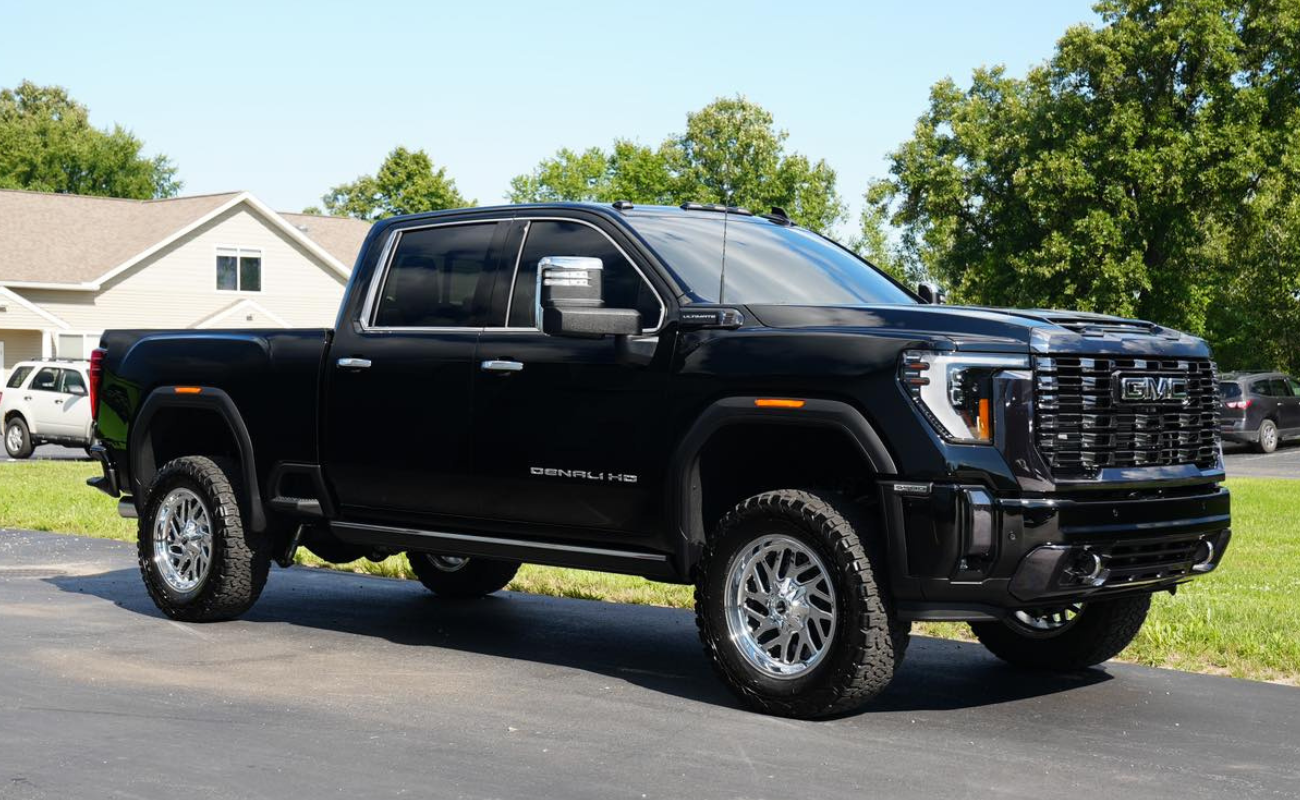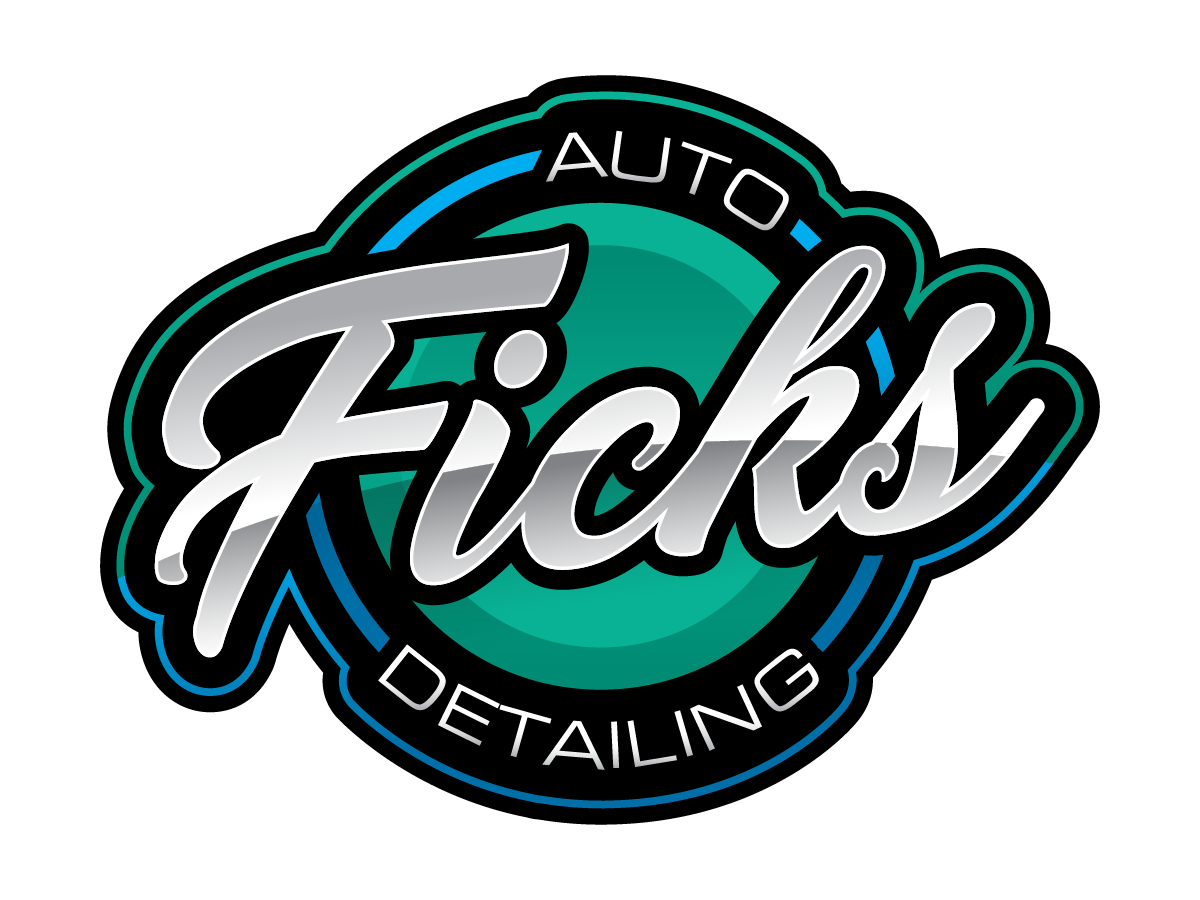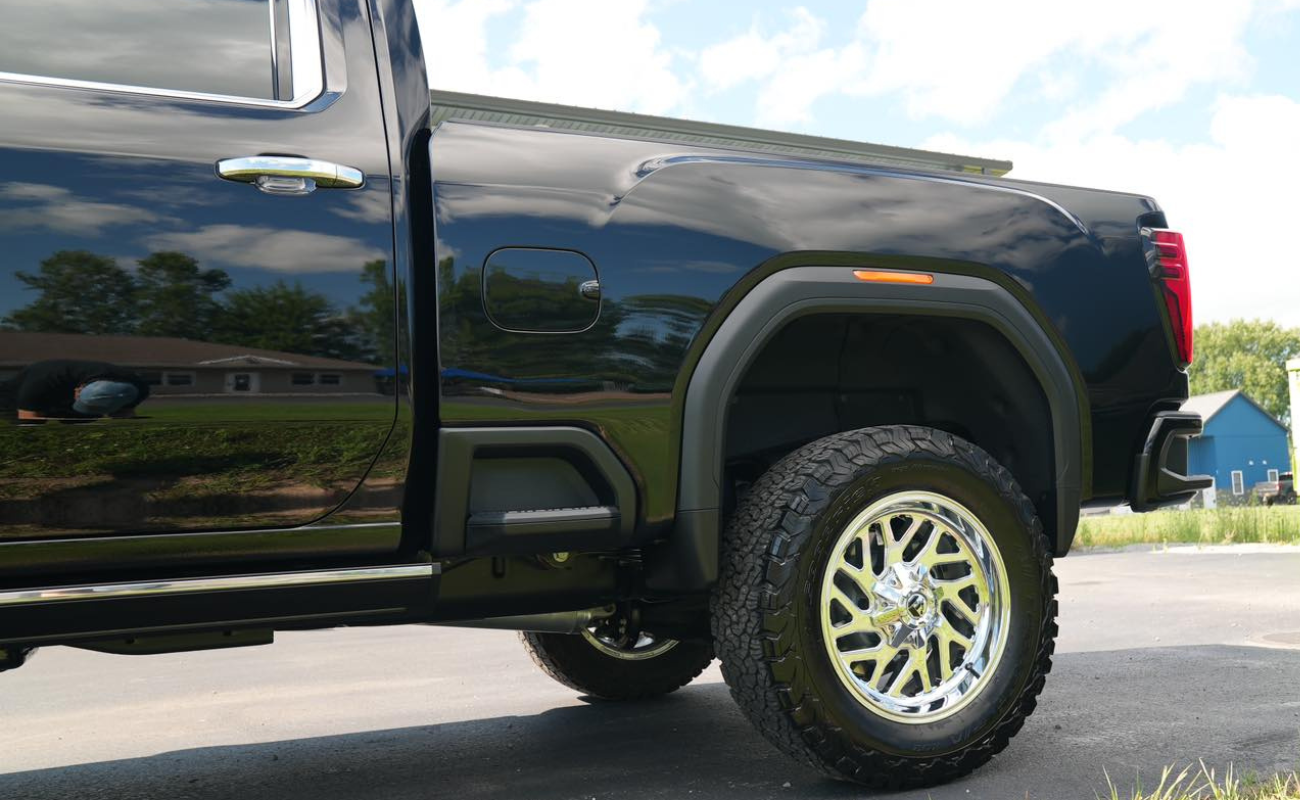
When deciding between Paint Protection Film (PPF) and Ceramic Coating for your vehicle, you might wonder which option is better suited for your specific needs. Each has unique benefits and differences that can impact the protection and appearance of your car’s paint. Understanding these distinctions can help you make an informed decision that aligns with your priorities and expectations. So, let’s explore the nuances between these two popular paint protection methods to help you choose wisely.
Key Takeaways
- PPF offers superior impact resistance and self-healing properties.
- Ceramic coatings provide excellent scratch resistance and durability.
- PPF lasts longer (5-7 years) than ceramic coatings (2-5 years).
- PPF acts as a physical barrier against scratches and rock chips.
- Ceramic coatings offer a deep, wet-look gloss, enhancing vehicle aesthetics.
Protection Against Scratches
When comparing paint protection film and ceramic coating for protection against scratches, it’s important to consider each option’s specific qualities.
Paint protection film, also known as clear bra, is a durable, transparent film applied to your vehicle’s exterior. This film is a physical barrier between your car’s paint and the outside elements. It’s particularly effective in shielding your vehicle from scratches, rock chips, and other minor abrasions during regular driving. The thick nature of the film provides a strong defense against daily wear and tear, ensuring that your car’s paint remains pristine for extended periods.
On the other hand, a ceramic coating is a liquid polymer that chemically bonds with the vehicle’s factory paint, creating a protective layer. Ceramic coatings are known for their hydrophobic properties and ability to repel dirt and water, and they also offer decent scratch resistance.
The hardness of ceramic coatings can help prevent light scratches from damaging your vehicle’s paint. However, it’s essential to note that ceramic coatings may provide a different level of protection against rock chips and deeper scratches than paint protection film.
Durability and Longevity
When comparing paint protection film and ceramic coating for durability and longevity, it’s essential to consider each option’s lifespan. Paint protection film generally offers a longer lifespan than ceramic coating due to its physical barrier against scratches and minor impacts.
However, the ceramic coating provides advantages in terms of durability against chemical damage and fading, which can influence the maintenance requirements for your vehicle’s exterior.
Film Lifespan Comparison
Comparing the durability and longevity of PPF versus ceramic coating is essential for car owners to decide how to protect their vehicle’s paint. Paint protection film, often known as clear bra, is a durable option that provides a high level of protection against scratches, rock chips, and other minor abrasions. When properly installed and maintained, paint protection film can last up to 5-7 years, depending on the quality of the film and environmental factors such as sun exposure and weather conditions.
On the other hand, ceramic coatings offer impressive longevity as well. While they don’t provide the same level of physical protection as paint protection film, ceramic coatings can last up to 2-5 years with proper care and maintenance.
Ceramic coatings create a hydrophobic barrier that repels water, dirt, and other contaminants, making cleaning your vehicle easier and maintaining its shine over time.
Ultimately, when considering the film lifespan comparison, both paint protection film and ceramic coatings offer long-lasting protection for your vehicle’s paint, with paint protection film having a slight edge in terms of physical durability.
Coating Durability Advantages
For car owners seeking superior protection for their vehicle’s paint, understanding the durability advantages of paint protection film versus ceramic coatings is key. Both options provide excellent protection, but there are distinct differences in longevity and durability.
- Film Durability:
- Paint protection film offers a thicker layer of protection, making it more resistant to scratches, rock chips, and other physical damage.
- Coating Longevity:
- Ceramic coatings are known for their exceptional durability, with some products lasting up to 5 years or more before needing reapplication.
- Impact Resistance:
- Paint protection film provides superior impact resistance, shielding the paint from road debris, insects, and environmental contaminants.
- Scratch Resistance:
- Ceramic coatings excel in scratch resistance, providing a hard, protective layer that helps guard against swirl marks and light scratches.
Understanding these durability advantages can help you choose the best option to keep your car looking its best for years.
Maintenance Requirements Comparison
Understanding the distinct maintenance requirements of paint protection film and ceramic coatings is essential for maintaining the durability and longevity of your chosen paint protection method.
Once applied, paint protection film requires minimal maintenance, needing only regular washing with a gentle automotive shampoo and water. To preserve the film’s integrity, it’s important to avoid harsh chemicals and abrasive materials when cleaning.
Conversely, ceramic coatings demand periodic upkeep to ensure their effectiveness. This includes using pH-neutral soaps for washing and avoiding automatic car washes that use abrasive brushes. Additionally, ceramic coatings may benefit from a yearly maintenance session to replenish their hydrophobic properties.
While paint protection film offers a more hands-off approach to maintenance, ceramic coatings require slightly more attention to uphold their protective qualities over time. Understanding these maintenance disparities can assist you in making an informed decision based on your preferred level of upkeep and protection for your vehicle.
Ease of Maintenance
When it comes to considering the ease of maintenance between Paint Protection Film (PPF) and Ceramic Coating for your vehicle, it’s essential to weigh the practical aspects of both options. PPF and Ceramic Coating offer maintenance benefits but differ in certain aspects. Here’s how the ease of maintenance compares between the two:
- PPF (Paint Protection Film):
- Provides physical protection against scratches, chips, and minor abrasions.
- Easy to clean with regular car washing practices.
- Requires occasional professional maintenance to ensure longevity.
- It can show signs of wear over time but can be replaced.
- Ceramic Coating:
- Forms a durable, hydrophobic layer that repels dirt and contaminants.
- Reduces the frequency of washing needed due to its self-cleaning properties.
- Requires proper maintenance with specific detailing products to retain effectiveness.
- A long-term solution that may require reapplication after a few years for optimal performance.
Deciding between PPF and Ceramic Coating for your vehicle’s maintenance depends on your desired level of protection and the time you’re willing to invest in upkeep. Consider your driving habits, your environment, and your maintenance preferences to choose the option that best suits your needs.
Clarity and Gloss
Enhancing your vehicle’s visual appeal involves considering the factors of clarity and gloss when comparing Paint Protection Film (PPF) and Ceramic Coating. Both options offer unique benefits in enhancing your car’s shine and overall look.
Once applied correctly, Paint Protection Film (PPF) provides a high level of clarity, almost invisible. This means that your vehicle’s original paint color and finish remain unchanged, maintaining a glossy appearance. PPF is designed to be optically clear, allowing your car’s true color to shine through without any distortion.
The film also helps to protect your car’s paint from fading due to UV exposure, ensuring a long-lasting glossy finish.
On the other hand, Ceramic Coating offers a deep, wet-look gloss that enhances your vehicle’s overall aesthetics. The coating creates a smooth, reflective surface that adds depth and dimension to your car’s paint. It provides a durable shield against environmental contaminants, ensuring your vehicle maintains its glossy finish for an extended period.
Self-Healing Properties
Regarding their self-healing properties, both Paint Protection Film (PPF) and Ceramic Coating offer advanced protection mechanisms that can help maintain the appearance of your vehicle over time. These features defend against everyday wear and tear, ensuring your vehicle looks its best for extended periods. Let’s delve into the self-healing properties of these two protective options:
- PPF Self-Healing: Paint Protection Film uniquely can heal itself from minor scratches and swirl marks. The film’s elastomeric polymers allow it to reform and eliminate these imperfections when exposed to heat, such as sunlight or warm water.
- Ceramic Coating Durability: Ceramic Coating forms a hard shell over the paint surface, offering excellent scratch resistance. While it doesn’t self-heal like PPF, the coating’s durability helps prevent minor damages from affecting the underlying paint.
- PPF Impact Resistance: PPF’s self-healing properties extend to impacts as well. The film can absorb the force of minor impacts, such as stones kicked up from the road, and then repair itself to maintain the vehicle’s sleek appearance.
- Ceramic Coating Protection: Ceramic Coating acts as a sacrificial layer that shields the paint from environmental contaminants and UV rays, reducing the likelihood of damage and maintaining the vehicle’s glossy finish.
Cost Comparison
To compare the costs of Paint Protection Film (PPF) and Ceramic Coating for your vehicle, it’s essential to understand the initial investment required for each protective option. The cost of Paint Protection Film typically ranges from $500 to $2,500 or more, depending on the size of your vehicle, the quality of the film, and the extent of coverage desired. This upfront cost covers the material and the labor involved in applying it to your vehicle’s surfaces.
On the other hand, Ceramic Coating generally costs between $500 and $2,000. The price can vary based on factors such as the brand of the coating, the number of layers applied, and the size of the vehicle. While the initial cost of ceramic coating may be similar to that of PPF, it’s essential to note that it usually requires reapplication every few years to maintain its protective properties, which can add to the overall cost over time.
When comparing the costs of PPF and Ceramic Coating, it’s crucial to weigh the initial investment against the long-term maintenance expenses. PPF may have a higher upfront cost but could provide more durable protection without frequent reapplications.
Although initially cheaper, ceramic coating may require more upkeep to ensure continued effectiveness. Ultimately, choosing between the two protective options will depend on your budget and preferences for long-term maintenance.
Application Process
When considering the application process for paint protection film vs. ceramic coating, it’s crucial to understand the steps involved in each.
The paint protection film application typically involves precise cutting, careful placement, and meticulous smoothing to ensure a seamless finish.
In contrast, ceramic coating involves thorough surface preparation, application of the coating using specific techniques, and a curing period for optimal protection.
Film Application Steps
Applying paint protection film involves several steps to ensure a flawless finish and optimal protection for your vehicle’s exterior. When getting paint protection film applied to your vehicle, you can expect the following steps:
- Surface Preparation: The car’s exterior is thoroughly cleaned and decontaminated to ensure a smooth application surface.
- Customization: The film is carefully trimmed to fit each vehicle section perfectly, ensuring complete coverage.
- Application: The film is expertly applied using specialized tools to avoid air bubbles and achieve a seamless finish.
- Finishing Touches: Once the film is in place, final touches are made to ensure the edges are properly sealed and the film is securely attached.
Coating Process Overview
After applying paint protection film to your vehicle, the focus shifts to the coating process with either ceramic or paint protection film. The coating process is crucial in enhancing the protection and aesthetics of your vehicle’s paintwork.
When opting for ceramic coating, the application process typically involves thoroughly cleaning the vehicle’s surface, eliminating contaminants, and then applying the ceramic coating using specialized tools. This coating is carefully spread over the paintwork, creating a durable layer that bonds with the surface, providing protection against environmental elements and UV rays.
On the other hand, if you choose paint protection film, the application process is somewhat different. The film is precisely cut to fit each section of your vehicle, ensuring complete coverage. It’s then carefully applied to the surface, removing any air bubbles and ensuring a seamless finish. This film acts as a shield, safeguarding your vehicle’s paint from scratches, stone chips, and other minor damages.
Both ceramic coating and paint protection film offer excellent protection, and the choice between them ultimately depends on your specific needs and preferences.
Durability Comparison
For a comprehensive evaluation of the durability of paint protection film versus ceramic coating in the application process, it’s essential to delve into the intricate details of each protective solution. Both options provide excellent protection, but they differ in their application processes, which can impact their longevity. Here are some key points to consider:
- Paint Protection Film (PPF)
- PPF is a thicker material that’s applied by carefully cutting and shaping the film to fit the vehicle’s contours.
- It requires professional installation to ensure proper coverage and durability.
- PPF can provide superior protection against stone chips, scratches, and other environmental damage.
- The self-healing properties of some PPF products help maintain the film’s appearance over time.
When considering durability in the application process, the meticulous professional PPF installation plays a significant role in its longevity.
Ceramic coatings, on the other hand, rely on the expertise of the applicator to ensure a flawless and durable finish.
Customizability Options
When considering the customizability options between paint protection film and ceramic coating, you’re faced with distinct choices that can impact the aesthetics and protection of your vehicle.
Paint protection film (PPF) offers a higher level of customizability compared to ceramic coating. PPF can be tailored to fit specific areas of your vehicle, such as the front grille, hood, side mirrors, or even the entire vehicle. This customization allows for targeted protection in areas prone to damage from road debris, scratches, or environmental elements.
On the other hand, ceramic coatings provide limited customizability in terms of color options. While ceramic coatings are available in various formulations to suit different needs, the color choices are generally limited to clear coatings that enhance the original paint color of your vehicle. However, some ceramic coatings offer a glossy or matte finish, allowing you to personalize the appearance of your vehicle to some extent.
Environmental Impact
Minimizing the environmental impact of automotive maintenance practices is a crucial consideration for conscientious vehicle owners. When comparing paint protection film and ceramic coating, understanding their environmental implications can help you make an informed decision that aligns with your values. Here’s how each option impacts the environment:
- Paint Protection Film (PPF):
- PPF is typically non-biodegradable, posing challenges for disposal.
- The manufacturing process of PPF may involve the use of chemicals that can be harmful to the environment.
- Ceramic Coating:
- Ceramic coatings are known for their durability, reducing the need for frequent reapplications and minimizing waste.
- Some ceramic coating formulations are sustainable containing fewer harmful chemicals and toxins than traditional coatings.
In conclusion, when deciding between Paint Protection Film and Ceramic Coating for your vehicle, remember the saying, “Prevention is better than cure.” Consider your priorities – whether it’s scratch resistance, chemical protection, or ease of maintenance. Both options offer unique benefits, so choose wisely based on your individual needs and preferences to ensure your vehicle’s paint stays pristine for years to come.

